There are many parasites that can live in human skin. For the first time such insects were found in India, but now they are found in other latitudes. Parasites under the skin cause a lot of trouble to a person and need treatment. They are not as dangerous as worms in other organs, but they can cause serious complications with a longer course of illness. In our article, we will list all types of subcutaneous parasites, the most common of those diseases. symptoms they provoke.
Types of subcutaneous parasites and methods of infection
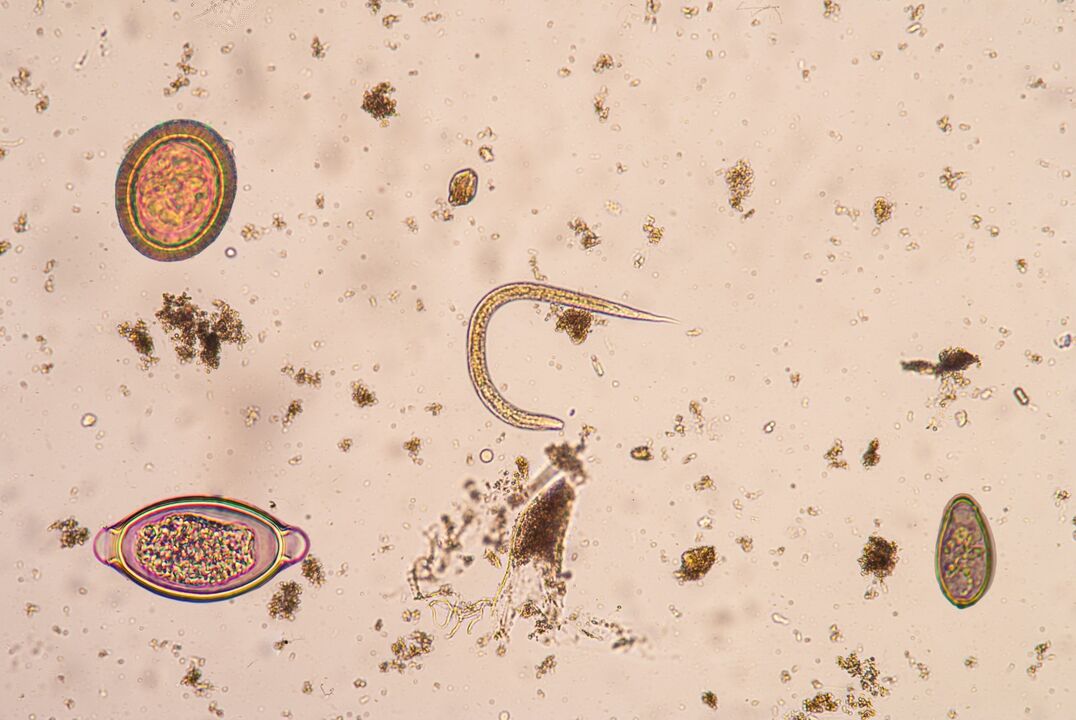
If you want to know who is crawling under the skin, the following subcutaneous parasites are found in people:
- Dirofilariasis. This disease provokes the larval stage of the nematode. Infection occurs when a mosquito (louse, flea or tick) bites, which is a carrier of the disease. A sexually mature individual reaches a length of 30 cm, and this parasiteThe larva is microscopic. It develops under a person's skin for up to 3 months after infection. Domestic cats and dogs can also spread the infection.
- If we list what parasites live under the skin, we cannot fail to mention filariasis. Infection is caused by some types of nematodes. In this case, various diseases arise: onchocerciasis, diptalonematosis, Loiasis and mansonellosis. The carriers of worms and their intermediate hosts are insects (mosquitoes, dwarfs, horse flies, etc. ). They infect human filariasis with larvae, resulting in the appearance of worms in the skin.
- Another skin parasite in humans is the cysticercus larvae. They provoke cysticercosis. Invasion is through the intestines, where the worms enter through dirty hands, water or food. The cysticercus is an oval vesicle containing the parasite's scolex inside. Subcutaneous worms can change from round to fusiform. Man acts as an intermediate master.
- Schistosomiasis is a disease that is provoked by worms in a person's sequence of shivering. These are temporary worms up to 2 cm long. The larvae of this parasite, which can swim in water, are cercariae. They can enter the human body directly through the skin. This infection can live in any organ, including under the skin.
- Another worm under the skin is Relation. These white worms cause dracunculiasis and are classified as large nematodes. Their intermediate hosts are water-dwelling copepods. First, the parasite enters the human stomach. , and then enters the skin from the retroperitoneal space. Males reach a length of 10 cm, and females - 120 cm.
Symptoms of dirofilariasis
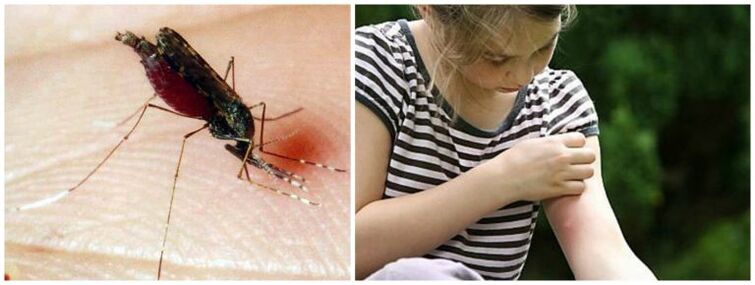
With the bloodstream the larvae of this parasite can spread throughout the body and settle in the eyes, pulmonary artery, heart, serous cavities, peri-renal fatty tissue and under the skin. If invaded by a type of worm called Dirofilaria repens, then the conjunctiva or subcutaneous fat is affected.
The signs and symptoms of this disease are as follows:
- A painful seal appears at the site of an insect bite;
- Within a few days in a third of patients, there is a displacement of the seal by 20-30 cm from the bite site;
- A person may feel burning, burning and itching at the bite site;
- There is a feeling of crawling and twitching under the skin;
- A period of remission is followed by episodes of arousal;
- subcutaneous worm provokes the appearance of abscesses and abscesses (inside them a worm lives in the connecting capsule);
- Sometimes the boils open on their own, and the white parasites pop out of the skin.
If the conjunctiva is damaged, the following symptoms are present:
- swollen, itchy, and watery eyes;
- a feeling that a foreign body is present in the eye or in the eyelid;
- a person cannot fully open the eyelid;
- vision deteriorates;
- A worm can be seen under the conjunctiva;
- A lump is visible under the skin of the eyelid;
- the person has a crawling sensation under the skin or in the eyes;
- If the parasite enters the eyeball, diplopia and bulging of the eye appear.
Necessary! Dirofilariasis is accompanied by neurosis, fear and insomnia. At the same time, the patient develops irritability, headache, general weakness and other symptoms.
Symptoms of Filariasis
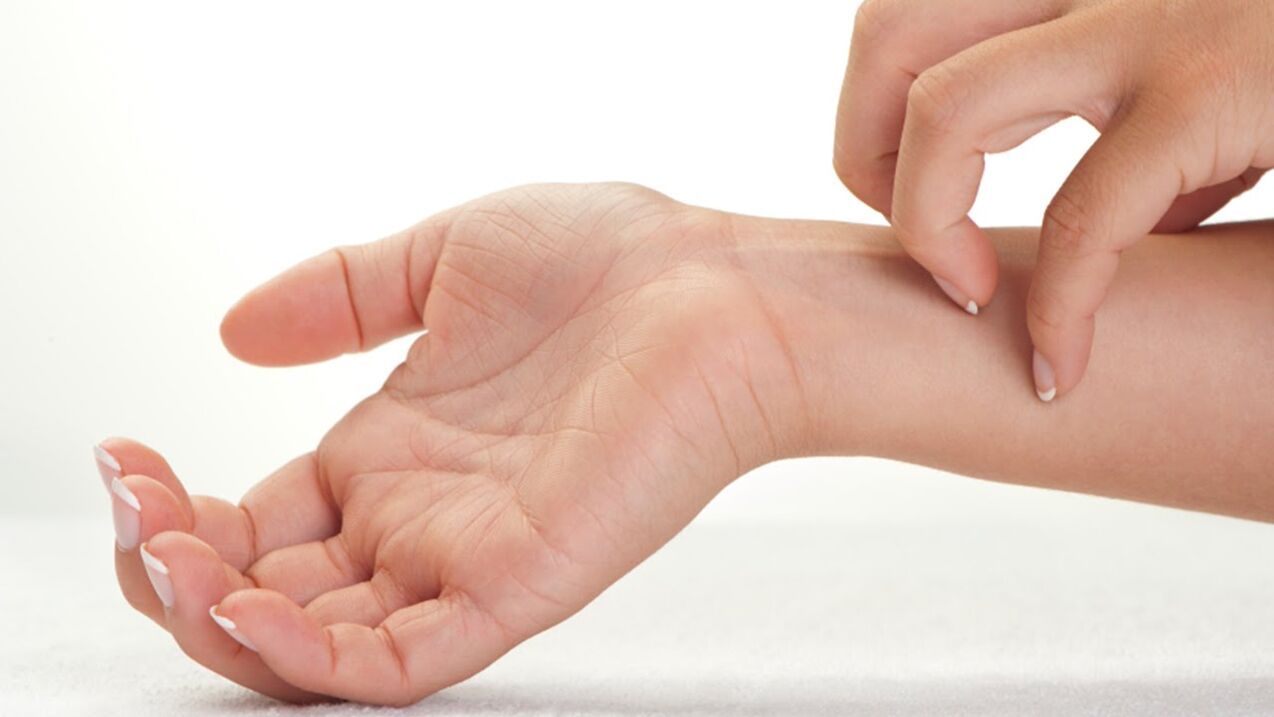
After invasion, filariasis may develop over many years. Various symptoms and signs may develop depending on the form of the disease. Common to these parasitic diseases are ulcers and skin rashes, damage to the eyes and lymph nodes, fever, scrotumAnd elephantiasis of the limbs will develop, as these are muscle parasites.
onchocerciasis
With onchocerciasis, parasites in human muscles manifest themselves with the following symptoms:
- itchy skin;
- feverish state;
- weakness;
- dryness and peeling of the skin;
- cutaneous hyperpigmentation (genital, foot, axillary and groin folds);
- papular rash;
- erysipelas;
- Papules can form long lasting ulcers;
- Under the skin, worms provoke atrophy of the hair follicles, sweat glands and epidermis;
- Painful fibrous nodes are formed under the skin;
- With damage to the eyes, glaucoma, iridocyclitis, conjunctivitis, corneal cysts, keratitis and other eye diseases develop.
dipatalonematosis
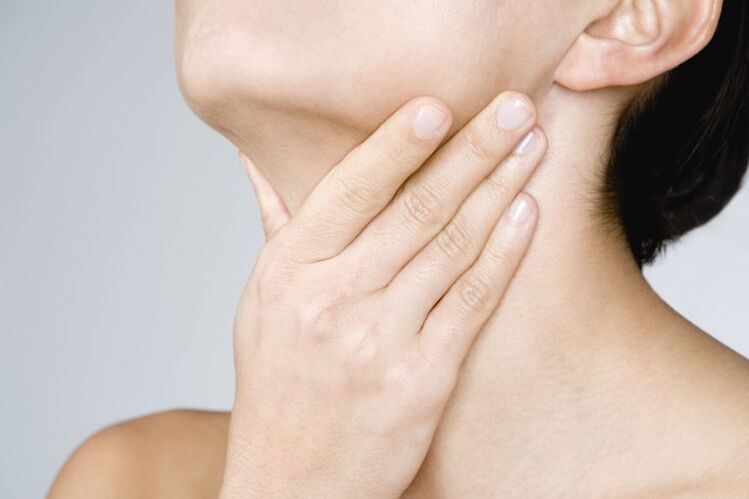
These subcutaneous worms in humans provoke the following symptoms:
- enlarged lymph nodes;
- erythematous or maculopapular rash;
- Dizziness;
- fever;
- swelling of the lower extremities, face and genitals;
- joint pain;
- heart pain;
- Symptoms of meningoencephalitis.
loiasis
Parasites living under the human skin, along with loiasis, contribute to the appearance of the following clinical picture of the disease:
- skin rashes;
- feverish state;
- Parasites in human muscles can provoke muscle abscess;
- pain in the limbs;
- swelling of the skin in limited areas, which does not go away for a long time;
- If parasites enter the eye, blepharitis or conjunctivitis develops;
- Disorder of urination with localization of infection in the urethra.
Necessary! These subcutaneous parasites in humans can cause complications in the form of meningitis, heart failure, encephalitis.
mansonellosis
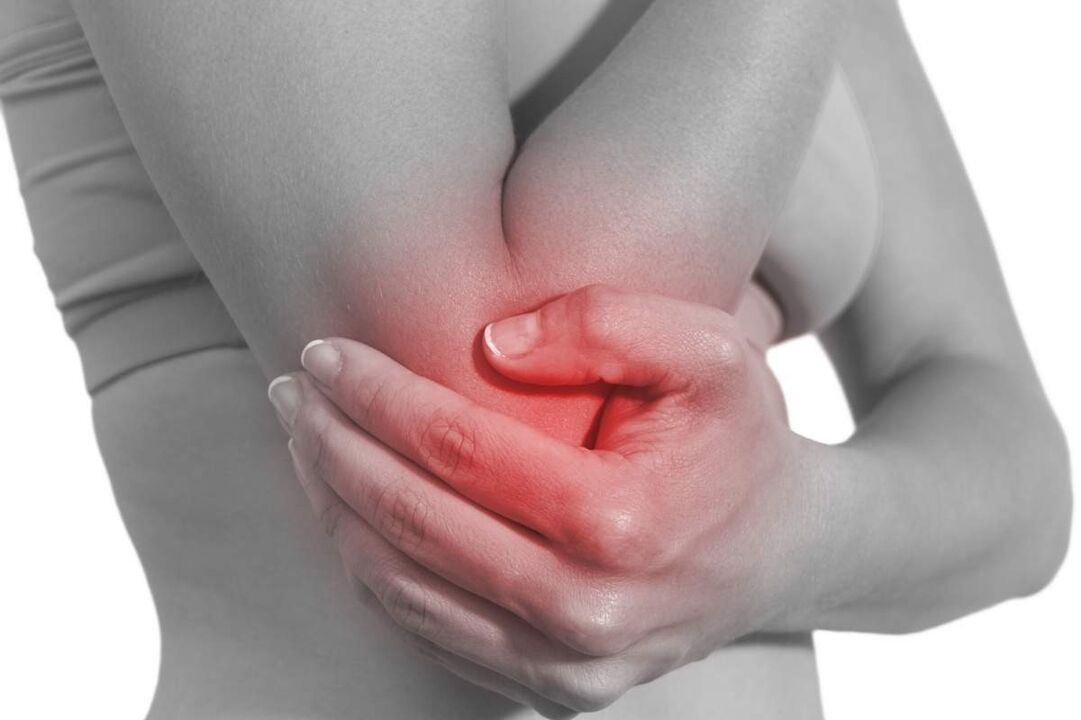
With this form of the disease, worms under the human skin can provoke the following symptoms:
- itchy rash;
- joint pain;
- feverish state;
- skin inflammation;
- dropsy of the testicles;
- numbness of the limbs;
- Enlargement of the inguinal lymph nodes.
Symptoms of Cysticercosis
These parasites on human skin can easily enter the digestive tract with food, where the embryonic membrane dissolves and the larvae are released. They enter the bloodstream and are carried throughout the body. After settling in some organs, The larvae turn into cysticercus and provoke the following symptoms:
- Under the skin, multiple or single, tumor-like, painless, oval-shaped formations are visible (usually they are localized on the inner side of the shoulders, on the top of the chest and on the palms);
- In the seals, you can feel the cavities;
- Over time, these seals enlarge;
- new formations appear;
- When performing histology of education, a cysticercus can be found inside;
- hives;
- Rarely, the nodes burst, but more often they do not change for many years and sometimes resolve on their own.
Symptoms of Schistosomiasis
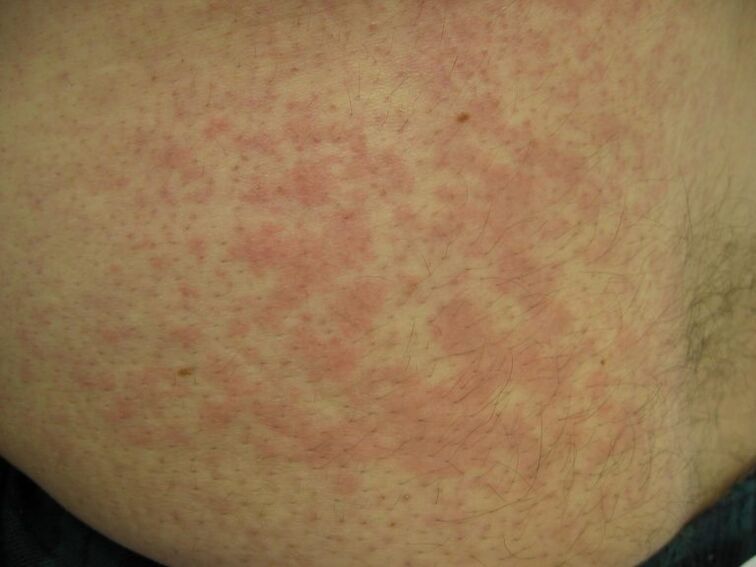
Schistosome larvae can enter human skin directly from the aquatic environment. Within a few hours, they can be in the bloodstream. With invasion of the skin, the following symptoms appear:
- hives;
- severe itching;
- The macular rash appears every other day.
Then a period of pacification continues for several weeks. In the circulatory system, schistosomes reach the stage of sexually mature individuals and migrate into the vasculature of the genitourinary system. After a few months, the patient develops the following symptoms:
- dry cough;
- feverish state;
- hives;
- heavy sweating at night;
- enlargement of the liver;
- vaginal bleeding;
- blood in the urine;
- Pathology of the prostate, kidney and bladder;
- nodes on the genitals;
- Infertility.
Necessary! In childhood, schistosomiasis contributes to a decrease in learning ability, anemia, developmental delay and memory loss.
Symptoms of Dracunculiasis
If a person drinks water containing infected copepods, after death, the worm larvae are released into the patient's digestive tract. They enter the retroperitoneal space and move through the lymphatic system to soft tissues. Only 3 monthsAfter, the female of this parasite may invade the skin or connective tissues for further development. As the female grows, the patient develops symptoms of the disease:
- Allergic reaction to the infection manifests itself as hives, fainting, nausea, diarrhea, vomiting and choking after 10-14 months;
- a year later, a rustosis bladder appears on the skin (its diameter reaches 2-7 cm, but there are no signs of inflammation);
- You can see a worm in the bladder;
- After a few days, the bubble opens on its own and the necrotic mass is discarded;
- At autopsy, the patient feels burning and sharp pain.
worth knowing! Usually rhizome blisters are located on the skin of the legs, but sometimes they can occur on the abdomen, arms and other parts of the body. Also, the woman can settle in the connective tissues of the joints. In this case, her immobility, Shrinkage and swelling of the bag appear.
With a secondary infection, phlegm, abscess, sepsis and gangrene may occur. If a patient with an open bladder falls into the reservoir, thousands of larvae will be again swallowed by Cyclops crustaceans, further spreading the infection.


















































